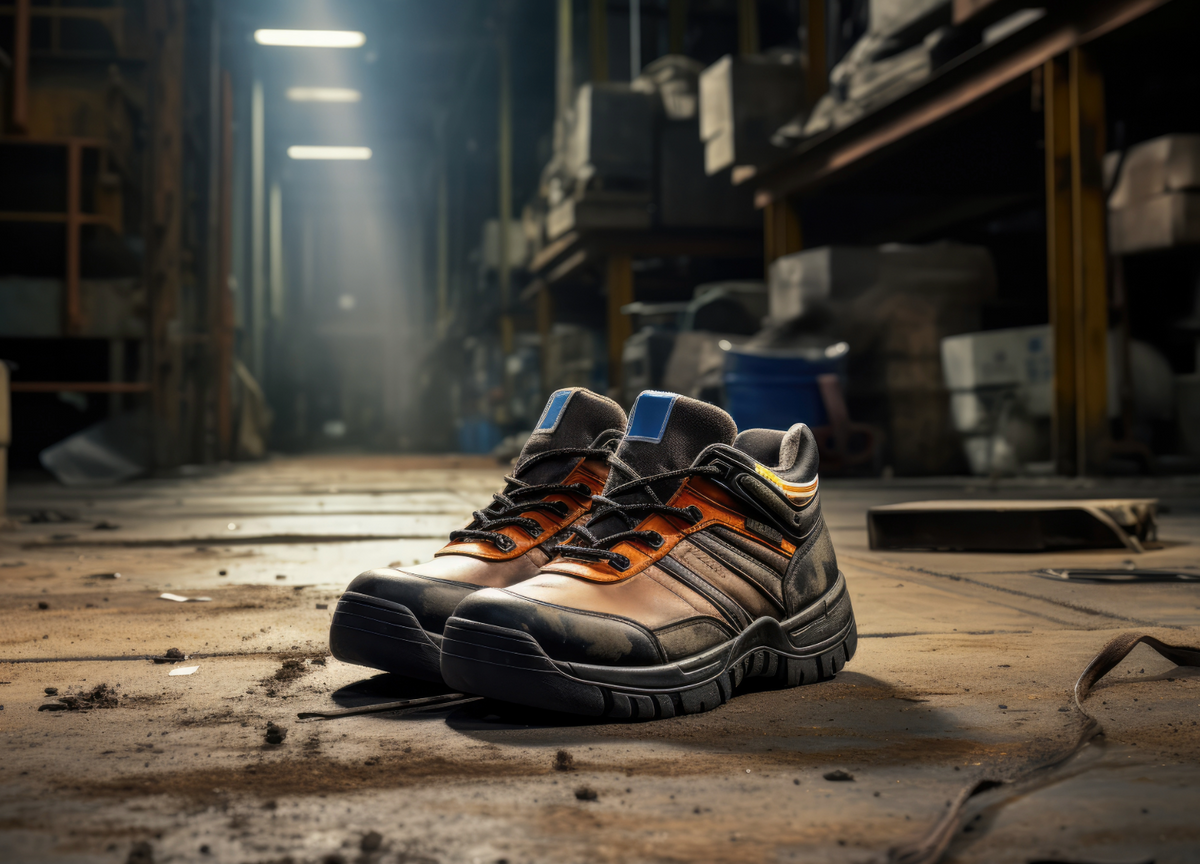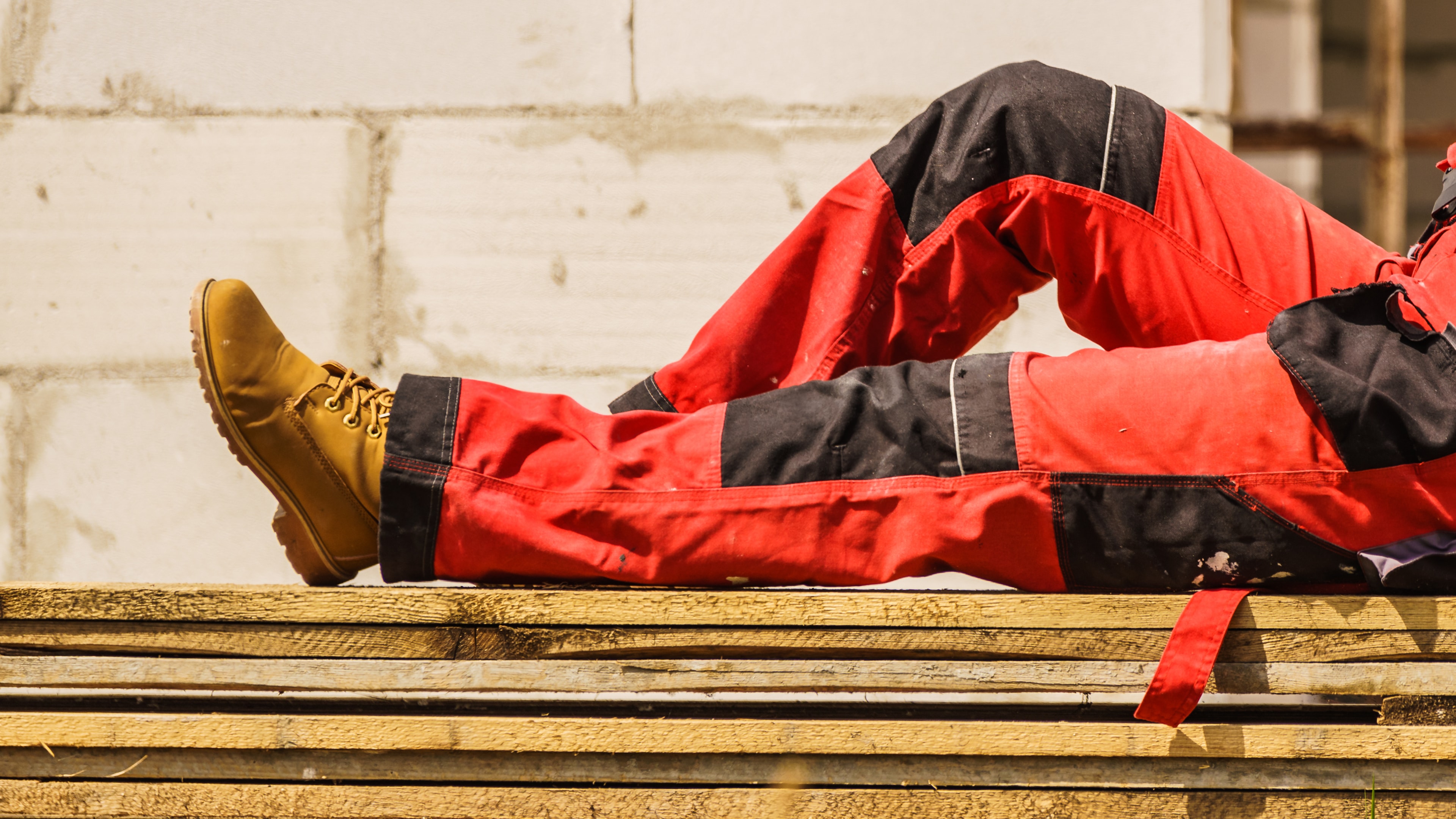
Types of Safety Footwear and Their Appropriate Environments
|
|
Time to read 6 min
|
|
Time to read 6 min
“Safety isn’t expensive, it’s priceless.” - Author Unknown
When it comes to ensuring safety at construction sites, one cannot overlook the importance of proper footwear. In environments where hazards are commonplace, the right pair of safety boots can be the difference between a productive day and a trip to the emergency room. In this blog post, we will explore the various types of mens and women's safety footwear available, their features, and the environments where they are most effective. Whether you are a construction worker or a safety manager, this guide will help you make informed decisions to keep yourself and your team safe by selecting boots that require protection, comfort, and support.

Safety footwear is more than just a pair of boots; it’s a crucial component of personal protective equipment (PPE) in hazardous work environments. Construction sites, factories, and warehouses often have specific safety requirements mandated by regulations and standards. The right safety footwear not only complies with these regulations but also provides comfort, durability, and protection from various hazards. This post aims to demystify the different types of safety footwear and guide you in selecting the right pair for your specific needs. With the right safety footwear, you can embark on your industrial work day with confidence in the quality and protection they provide.
Steel-toe boots are perhaps the most well-known type of safety footwear. They feature a steel cap over the toe area, providing robust protection against heavy falling objects and compression. These boots are rigorously tested by internationally recognised laboratories to ensure quality and adherence to strict safety requirements.
Steel toe caps for maximum impact resistance
Durable leather or synthetic uppers
Slip-resistant soles for added safety
Steel toe boots are best suited for construction sites, manufacturing plants, and other heavy-duty environments where the risk of falling objects is high.
Composite toe boots offer a lighter alternative to steel toe boots without compromising on safety. Made from materials like Kevlar, carbon fibre, or plastic, these boots provide ample protection and are often preferred for their lightweight and non-conductive properties.
Additionally, there are various safety footwear options specifically designed for men, including composite toe boots with features tailored for men's foot protection.
Non-metallic composite toe caps
Lightweight and comfortable for long hours
Non-conductive, suitable for electrical environments
These boots are ideal for electricians, engineers, and workers in environments where metal detectors are used, as they do not trigger alarms.
Alloy toe boots combine the best of both worlds, offering the strength of steel toe boots and the lightweight nature of composite toe boots. Made from materials like aluminium or titanium, they provide substantial protection without the heft. Our premium range of safety footwear also includes various types of safety shoes designed using the finest quality materials and tested by internationally recognised laboratories.
Alloy toe caps for strong impact resistance
Lighter than steel-toe boots
Often more stylish and modern designs
Alloy toe boots are suitable for construction sites, automotive industries, and environments where both durability and weight are factors.
Metatarsal guards go beyond protecting just the toes; they cover the upper foot area, safeguarding against impacts and compression injuries. These guards can be internal (built into the boot) or external (added as an extra layer).
Extended protection for the upper foot
Can be internal or external guards
Often combined with steel or composite toes
Metatarsal guards are essential in high-risk environments like foundries, heavy manufacturing, and construction sites where full-foot protection is required.
Electrical hazard boots are designed to reduce the risk of electric shock. They are made from non-conductive materials and provide insulation from electrical currents.
Non-conductive soles and heels
Protection against open circuits up to 600 volts
Often oil and slip-resistant
These boots are crucial for electricians, linemen, and anyone working in environments with live electrical circuits.
Puncture-resistant boots feature a protective midsole made from steel or composite materials, preventing sharp objects from penetrating the sole.
Puncture-resistant midsoles
Often combined with steel or composite toes
Durable construction for tough environments
Ideal for construction sites, recycling plants, and areas with debris that pose puncture risks.
Slip-resistant boots are engineered with outsoles that provide superior grip on slippery surfaces, reducing the risk of slips and falls.
Specially designed slip-resistant outsoles
Often oil and chemical-resistant
Comfortable for all-day wear
These boots are perfect for kitchens, hospitals, and workplaces with wet or oily floors.
Insulated boots are designed to keep your feet warm in cold environments. They typically feature insulation materials like Thinsulate to provide warmth without adding bulk.
Insulation for warmth
Waterproof options available
Durable construction for tough environments
Ideal for outdoor work in cold climates, such as construction, logging, and utility maintenance.
Waterproof boots are essential for keeping your feet dry in wet conditions. They are made from materials that repel water while allowing breathability.
Waterproof membranes or coatings
Breathable materials to prevent sweating
Often combined with other safety features
Perfect for outdoor work, mariners, and any environment where water exposure is a concern.
Chemical-resistant boots protect against hazardous chemicals and contaminants. They are made from materials that resist degradation and penetration by chemicals.
Chemical-resistant materials
Often combined with slip-resistance
High durability for tough environments
Essential for laboratories, chemical plants, and any environment where exposure to hazardous substances is a risk.
Anti-static footwear is designed to dissipate static electricity, reducing the risk of sparks that could ignite flammable substances.
Anti-static soles
Often combined with other protective features
Comfortable for long hours of wear
Ideal for environments like electronics manufacturing, chemical processing, and areas with flammable materials.
Selecting the appropriate safety footwear involves understanding the specific hazards of your work environment and the protective features required. Here are some tips:
Identify potential hazards (e.g., falling objects, chemicals, electrical risks)
Consult safety regulations and standards for your industry
Ensure the footwear fits well and provides adequate support
Consider the weight and breathability for long hours of wear
Choose reputable brands known for durability and safety
Don't compromise on quality for cost savings
Steel toe boots have a steel cap for toe protection, providing maximum impact resistance. Composite toe boots, on the other hand, use non-metallic materials like Kevlar or carbon fibre, making them lighter and non-conductive.
Look for labels or certifications on the boots indicating compliance with safety standards such as ASTM, ANSI, or EN ISO. Manufacturers often provide this information in product descriptions as well.
When reviewing prices for safety footwear, note that listed prices typically do not include VAT. The inclusive price, including VAT, is usually provided in parentheses.
While some safety boots offer versatile protection, it's essential to choose footwear specifically designed for the hazards of your particular work environment.
Safety footwear is a vital part of any construction worker's or safety manager's toolkit. Understanding the different types of safety boots and their appropriate environments ensures that you and your team are well-protected against workplace hazards. From steel toe to anti-static footwear, each type offers unique features tailored to specific risks. By investing in the right pair, you are not only complying with safety regulations but also prioritising the well-being and productivity of your workforce. Simply add the footwear products to your cart and complete the process if you are interested in buying.